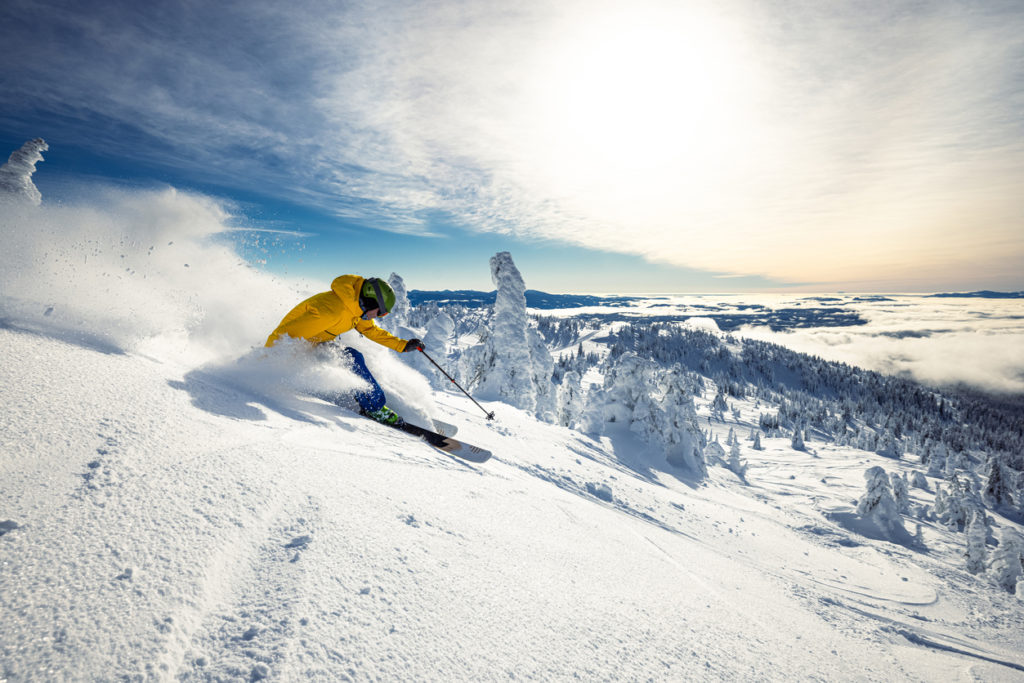What to Expect on Your First Downhill Skiing Trip
Embarking on your first downhill skiing trip is an exhilarating experience, especially when it takes place in the magical landscape of Lapland. Whether you’re a complete novice or have some experience on the slopes, understanding what to expect can make your adventure more enjoyable and less daunting. In this guide, we will cover everything from choosing the right gear to preparing physically for your trip. Let’s dive in!
Choosing the Right Gear
One of the most crucial aspects of your first downhill skiing trip is selecting the appropriate gear. The right equipment can significantly impact your comfort and safety on the slopes. Here are some essentials you will need:
Skis: For beginners, shorter skis are generally easier to control. Make sure they are adjusted to your size, weight, and ability.
Boots: Properly fitting boots are essential for control and comfort. They should be snug but not too tight.
Poles: These help with balance and rhythm. Ensure they are the correct length for your height.
Helmet: Safety first! A helmet is highly recommended for all skiers, regardless of skill level.
Bindings: These should be adjusted by a professional to ensure they release correctly in case of a fall.
In Saariselkä, you can rent all the necessary equipment, making it convenient for first-timers. We can assist you in arranging rentals to ensure you have everything you need.
Basic Skiing Techniques
Before hitting the slopes, it’s beneficial to familiarize yourself with some basic skiing techniques. Here are a few fundamental skills to get you started:
Snowplough: This is the most basic technique for beginners. It involves pointing the tips of your skis together to form a “V” shape, which helps you control your speed and stop.
Turning: Once you’re comfortable with the snowplough, you can start practicing turns. Shift your weight to the ski opposite the direction you want to turn.
Parallel Skiing: As you gain confidence, you can progress to parallel skiing, where your skis remain parallel throughout the turn.
Consider taking a lesson at the Saariselkä Ski School, where professional instructors can guide you through these techniques and more. They offer instruction in multiple languages, including English, making it accessible for international visitors.
Safety Tips for Beginners
Safety should always be a priority when skiing. Here are some essential tips to keep in mind:
Know Your Limits: Choose slopes that match your skill level and avoid challenging runs until you’re more experienced.
Follow Slope Rules: Always adhere to the rules and guidelines posted at the ski resort. These are designed to keep everyone safe.
Stay Visible: Stop only in areas where you can be easily seen by other skiers. Avoid stopping in the middle of the slope or just below a hill.
Stay Sober: Skiing under the influence of alcohol or drugs is dangerous and prohibited.
Assist in Emergencies: If you witness an accident, your duty is to assist and report it to the ski area staff immediately.
By following these tips, you can ensure a safer and more enjoyable skiing experience.
What to Wear on Your First Trip
Proper clothing is essential for staying warm and comfortable on the slopes. Here’s what you should wear:
Base Layer: Wear moisture-wicking thermal underwear to keep sweat away from your skin.
Mid Layer: A fleece or insulated jacket provides additional warmth.
Outer Layer: A waterproof and windproof ski jacket and pants will protect you from the elements.
Accessories: Don’t forget a warm hat, gloves, and a neck gaiter or scarf. Ski goggles are also essential to protect your eyes from the sun and wind.
Socks: Wear thick, moisture-wicking ski socks to keep your feet warm and dry.
Layering is key, as it allows you to adjust your clothing based on the weather conditions and your activity level.
How to Prepare Physically
Downhill skiing is a physically demanding activity, so it’s important to prepare your body in advance. Here are some exercises to help you get ready:
Cardio: Activities like running, cycling, or swimming can improve your cardiovascular fitness, which is essential for skiing.
Strength Training: Focus on exercises that strengthen your legs, core, and upper body. Squats, lunges, and planks are excellent choices.
Flexibility: Incorporate stretching into your routine to improve your flexibility and reduce the risk of injury.
Balance: Practice balance exercises, such as standing on one leg or using a balance board, to enhance your stability on the slopes.
By preparing physically, you’ll be better equipped to handle the demands of skiing and enjoy your time on the slopes.
At VALO Finland, we aim to provide a seamless and memorable experience for our guests. Our luxury villas in Saariselkä offer the perfect base for your skiing adventure, with amenities such as private saunas and breathtaking views of the northern lights. We can also assist with equipment rentals, expert guides, and other services to ensure your trip is unforgettable. Embrace the magic of Lapland and make your first downhill skiing trip an experience to remember.
